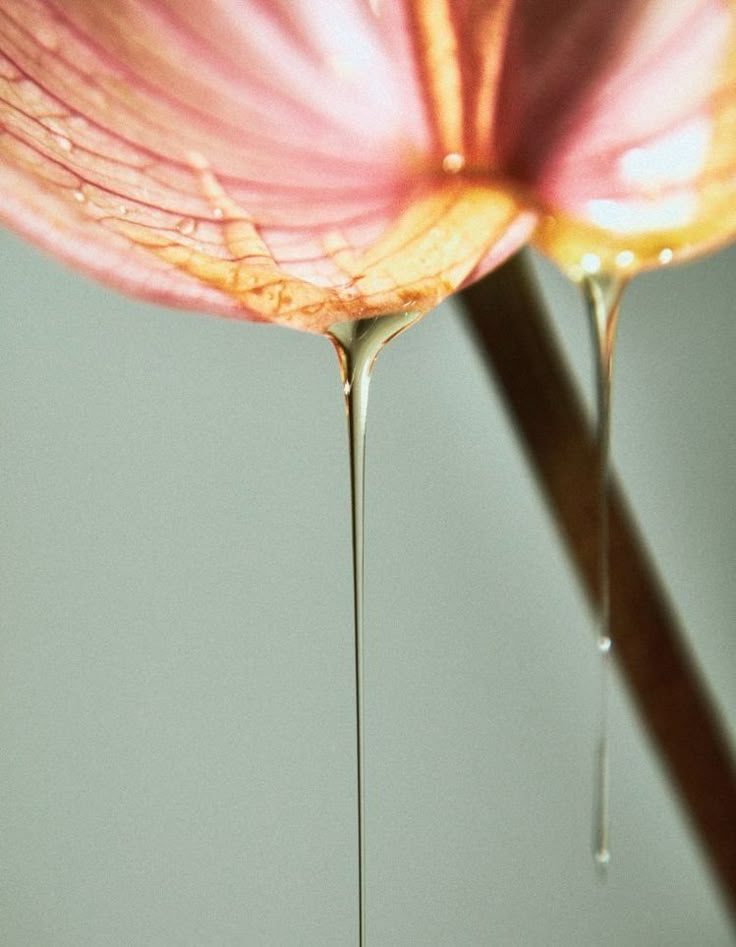
Living Like a Kapha: Embracing Movement and Lightness for Energy and Vitality
In Ayurveda, the ancient Indian system of medicine, Kapha dosha is associated with earth and water. It governs structure, stability, lubrication, and immunity. Understanding Kapha can help you optimize your health and well-being, particularly if it's your dominant dosha. This article explores the characteristics of Kapha and offers practical advice on living a balanced "Kapha life."
Understanding Kapha:
Kapha is characterized by qualities of heaviness, coolness, oiliness, stability, and slowness. It's responsible for the body's structure, lubrication of joints, immunity, and stability. Individuals with a dominant Kapha dosha tend to be calm, grounded, and compassionate, but when imbalanced, they can become lethargic, complacent, and prone to weight gain and congestion.
Characteristics of a Kapha-Dominant Person:
- Physical: Solid build, tendency to gain weight easily, smooth, oily skin, thick hair, large frame.
- Mental/Emotional: Calm, grounded, loyal, compassionate, but also prone to complacency, possessiveness, and lethargy.
- Physiological: Slow digestion, tendency towards congestion and water retention, deep sleep.
Signs of imbalance:
- Weight gain, water retention, or swelling
- Lethargy, fatigue, or excessive sleep
- Congestion, coughs, or sinus issues
- Feelings of attachment, possessiveness, or resistance to change
- Slow metabolism
Balancing Kapha
Dietary Recommendations:
- Favor light, dry, and warm foods: Salads (in moderation), cooked vegetables, and lighter grains like quinoa or rice.
- Avoid heavy, oily, and sweet foods: These can aggravate Kapha. Limit dairy, fried foods, and processed sugars.
- Embrace pungent, bitter, and astringent tastes: These tastes help to balance Kapha.
- Use warming and stimulating spices: Ginger, black pepper, chili, and garlic can aid digestion and increase circulation.
- Drink warm liquids: Herbal teas (ginger, black pepper), and warm water with lemon or honey.
Lifestyle Practices:
- Regular exercise: Vigorous activities like running, hiking, or dancing are highly beneficial.
- Stimulating activities: Engage in activities that challenge you mentally and physically.
- Avoid daytime naps: These can increase lethargy.
- Keep warm and dry: Avoid damp and cold environments.
- Embrace change and new experiences: This helps to counteract Kapha's tendency towards stagnation.
- Dry brushing (Garshana): This practice stimulates circulation and lymphatic drainage.
While it's important to manage Kapha's tendency towards stagnation, it's also important to appreciate its positive qualities. Kapha brings stability, compassion, and groundedness. By incorporating stimulating and lightening practices, Kapha individuals can harness their stability and create a strong foundation for themselves and others. Remember to consult with a qualified Ayurvedic practitioner for personalized guidance.
Related Literature: https://www.bodhischoolofyoga.com/blogs-and-insights/what-is-kapha-dosha-how-can-it-be-balanced

